How the History of Musical Theater West Side Story Will Easily Engage Students
Do you love digging into the history of musical theater? Tapping into the minds, habits, and eccentricities of all those who create such engaging performing art works? The more I learn the more I appreciate their craft. It’s like that for our students too. Completing tasks, puzzles, word searches, to escape the music room is a brilliant way to engage students
A recent remake of this 60 year old classic makes now a perfect time to dig deeper to learn more about the history of musical theater as it pertains to West Side Story!
Teach Music
Are you looking for content rich engaging ways to teach music without spending your nights and weekends endlessly lesson planning? I mentor music teachers with fresh music ideas and content rich activities. Plus organizational practices for planning less and getting more. Music games are a great way to teach a lot of content and spend less time planning. Games keep students engaged and help you teach to the last minute. The best part is games require little to no prep time giving you precious moments back. If you are looking for a FREEBIE fun, easy games students love to play with no plan or prep then Click Here Give less and get more. Have your best teaching year yet!
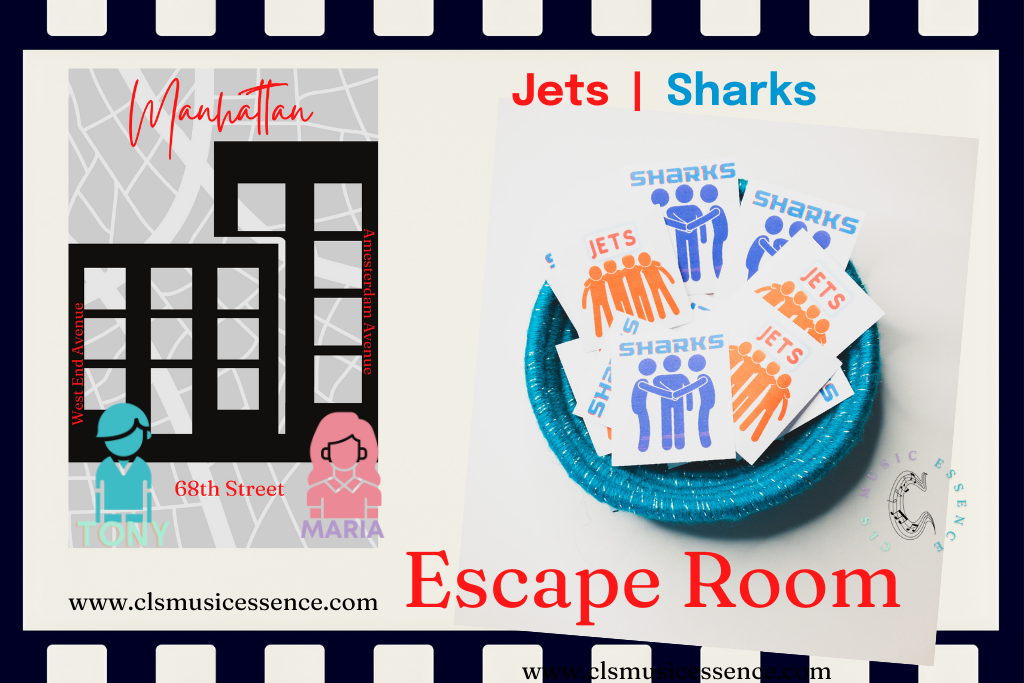
What is the History of Musical Theater
West Side Story makes for a timeless choice to learn what is the history of musical theater. Many know West Side Story is based on William Shakespear’s well known 1597 play Romeo and Juliet. William Shakespear 1564-1616 is a celebrated poet, playwright and actor born in 1564. Shakespear’s plays are still performed to this day, and have turned into its own unique art form. There is probably a Shakespear festival coming near you.
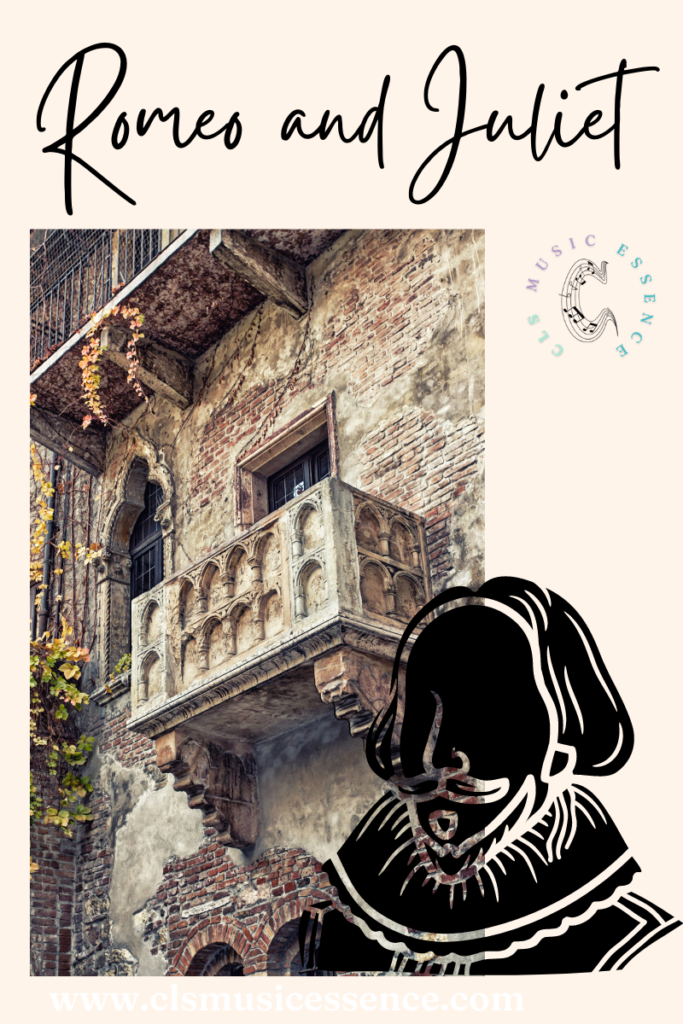
But, the mastermind behind this Shakespear remake called West Side Story dates all the way back to 1562 and a rhyme verse called The Tragicall Historye of Romeus and Juliet written by an English poet Arthur Brook. In 1597 William Shakespear based his well known play Romeo and Juliet from Arthur Brook’s poem.
East to the West Side Story
How did West Side Story go from the East to the West Side Story? In 1949 Jerome Robbins had the idea of turning Shakespeare’s Romeo and Juliet into a modern day production. Robbins envisioned the setting to be on the East side of New York City during the Easter-Passover season. The conflict would be between the romance of a Catholic Boy and a Jewish girl. Can you imagine how the history of musical theater would have changed if they went this route with the story line? It would have never had the long lasting impact or relevance that it still has today. It took 6 years for the concept to move from the East to the West side of Manhattan in New York.
During the time of this 6 year shift from the East side to the West side Leonard Bernstein, music composer, and Arthur Laurents, book writer, were working in Hollywood. The newspapers there were reporting about street riots in Los Angeles. This spurred the discussion again about bringing West Side Story on Broadway. The story line was solidified. A rift between the Sharks, Puerto Rican migrants, and the Jets, Caucasian American gang members would become the conflict. Romeo and Juliet characters turned into Tony and Maria. The romantic couple from different sides of the ruins on the West Side of Manhattan.
Why the History of Musical theater is important
Speaking of ruins, every good escape room needs a dramatic story. This is why the history of musical theater is important. When the movie was filmed in 1961, the prologue ruin scene was shot around 68th Street between West End and Amsterdam Avenue. This area is the upper West Side of Manhattan Lincoln Square neighborhood area was known as San Juan Hill. San Juan Hill was a largely poor area. with high crime and street gangs. The area was designated for ‘urban renewal.’ Many urban renewal projects of that time in the 1950s and 1960s were controversial because they displaced people rather than help them.

Because the buildings in and around the Lincoln Square area were set to be torn down after shooting of West Side Story, producers were given permission to knock down walls. West Side Story movie producers then built fences, and painted graffiti to use for filming scenes.
Soon after the full movie West Side Story was completed the area once known as a thriving Jazz and arts scene was demolished. While thousands of low-income families were displaced from the urban renewal project the area was replaced by the 16.3 acres world renowned performing arts complex. The complex is called Lincoln Center for the Performing Arts. It is home to 12 performing art companies dedicated to the arts of music, dance and drama.
Musical theater History of America Lyrics
The controversy of the Lincoln Square urban renewal project is brought to life in the America song lyrics. The lyrics sung by the Puerto Rican women and men contradict each other. The lyrics bring up the pros and cons of living in America. Lyric analysis is an interesting subject for a music escape room. Ultimately the Puerto Rican men were right. “Lots of doors slamming in our face.” The block where West Side Story was filmed was replaced by massive Lincoln Towers apartments. Today, on that exact block the building houses expensive luxury condominiums instead of affordable housing. Learning the history of musical theater often highlights problems.
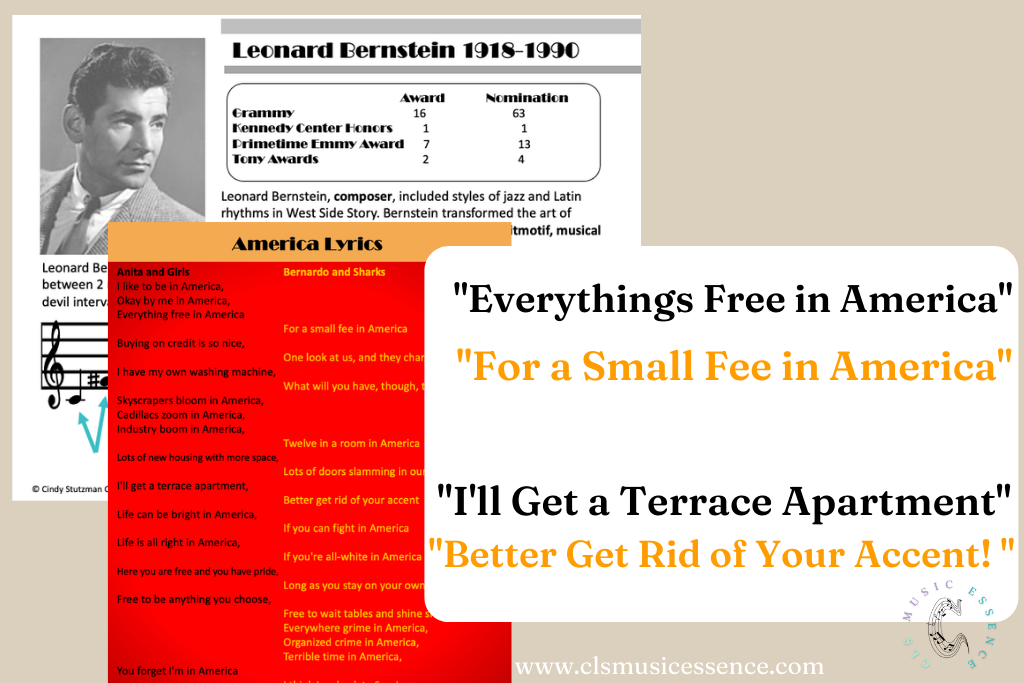
Academy Awards West Side Story
4th Award Facts: The movie premiered in 1961 and won 10 Academy Awards West Side Story including best picture. It also received 3 Golden Globe Awards including best musical. The stage production of West Side Story on Broadway opened Sep 26, 1957 to June 27, 1959 and ran for 732 performances. Afterwards the broadway show went on tour. West Side Story returned to the stage in April of 1960 for an additional 249 performances and remains a contemporary classic for both the stage and film. West side story on broadway was nominated for 6 Tony awards and won 2 Tonys. Best choreographer, Jerome Robbins, and best scenic design, and Olive Smith were the recipients of the Tony awards.
the History of Musical theater Choreographer West Side Story
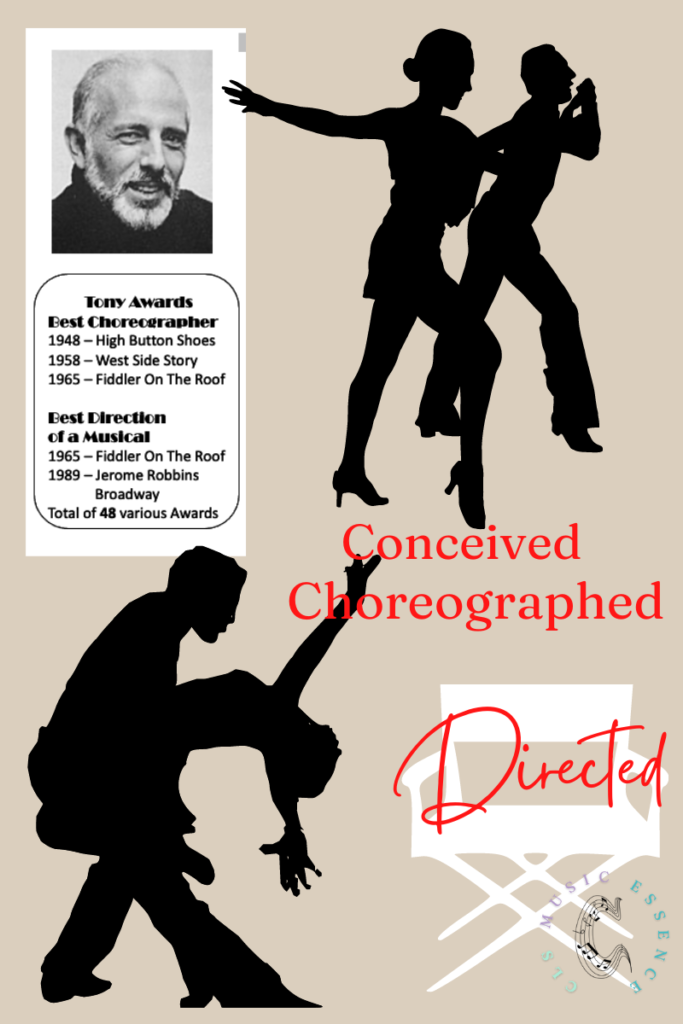
Like most extraordinary award winning musicals it takes a brilliant team to complete the project. I really enjoy digging into the history of musical theater.Choreographer West Side Story, Jerome Robbins, conceived, choreographed and directed West Side Story. Robbins 1918-1998 was already famous on Broadway for choreographing High Button Shoes (1947), The King and I (1951), and Peter Pan (1954). After choreographer West Side Story, Jerome Robbins went on to choreograph the hit musical Gypsy (1959). Then he choreographed the popular musical Fiddler on the Roof (1964).
Choreographer Jerome Robbins
Finding all the hidden treasures that the geniuses from the performing arts have is a delight. A treasure for choreographer Jerome Robbins is in his style. Robbins used natural movement. Natural movement is using what looks natural and evolving it into ballet and jazz. Robbins’ way of creating dance movements was to consume the music for months. Choreographer Jerome Robbins would play the music as he brushed his teeth, ate a meal and all day long. Playing the music constantly was Robbins’ way of not missing the tiniest note or subtle variation. The serious theme in West Side Story was most appealing to choreographer Jerome Robbins. Robbins also liked the thrill of filling an empty stage with movement. This brought him great joy!
The History of Musical Theater Stephen Sondheim West Side Story Songs
Only 27 years old, Stephen Sondheim West Side Story Songs lyricist, was the youngest of the group. Sondheim West Side Story debuting on Broadway launched his prestigious career. Sondheim 1930-2021 was mentored by none other than the master lyricists Oscar Hammerstien 1895-1960. Hammerstein wrote lyrics for famed shows such as The King and I, South Pacific, Oklahoma, Cinderella and Sound of Music. Hammerstein, who was a father figure to Soundheim, said to “write what you believe.”
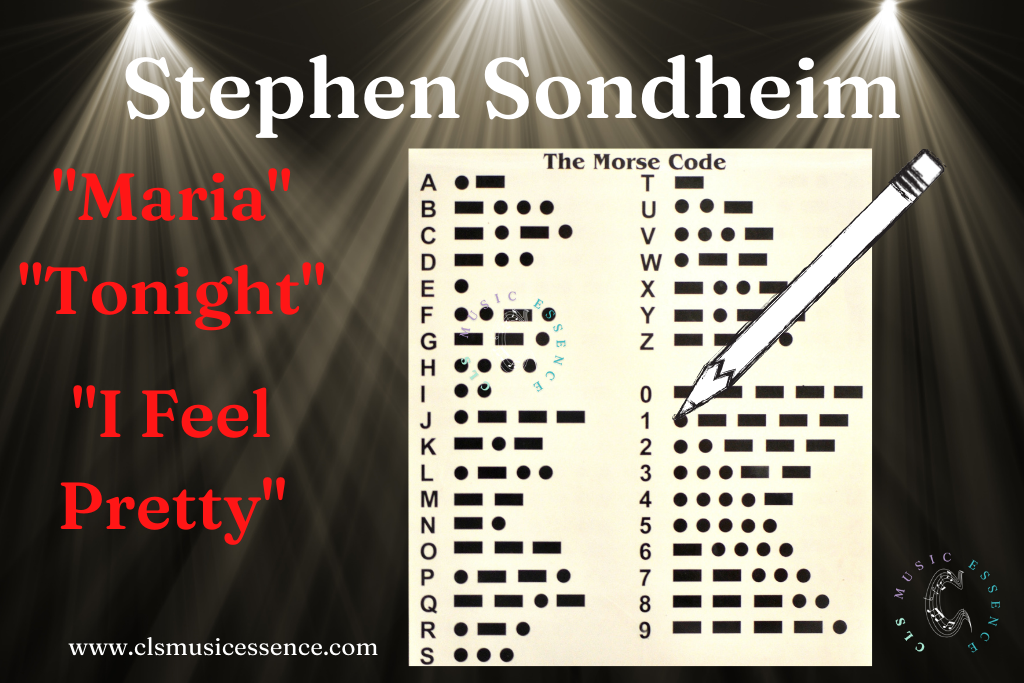
Sondheim liked to add a type of morse code when writing lyrics. Stephen Sondheim assigned words a dot or dash to represent how a word should be sustained or cut short. This morse code type notation conveyed a natural rhythm of speech. Because Sondheim used a dot dash system, Morse code would be a great puzzle to the game. The fun quirky thing about Stephen Sondheim was when he wrote he only used Blackwing pencils. When the brand went out of production, he bought a lifetime supply of the pencils. This way he would always have a Blackwing pencil available.
To write lyrics, Stephen Sondheim West Side Story Songs relied heavily on communication with the book writer. Sondheim learned what each character is like, every single word each character uses and why that character would choose a particular word. Details such as the month, weather, clothing, temperament all helped to determine the lyrics written for each song.
Leonard Bernstein west side story songs
Leonard Bernstein West Side Story songs included styles of jazz and Latin rhythms. Bernstein 1918-1990 transformed the art of musical score written similarly to an opera with leitmotif, musical foreboding, and musical narrative.
Maria West Side Story
Masterfully Leonard Bernstein wove the tritone throughout the score. The tritone told the meaning of the story and adapt to each situation. Tony sings the song Maria West Side Story briefly touching on the tritone which resolves quickly to a perfect 5th. This resolve demonstrated relief, joy, happiness and all emotions Tony is feeling when he meets Maria. Yet the triton even in its brevity in Maria West Side Story is an important foreshadowing of tragic events to come.
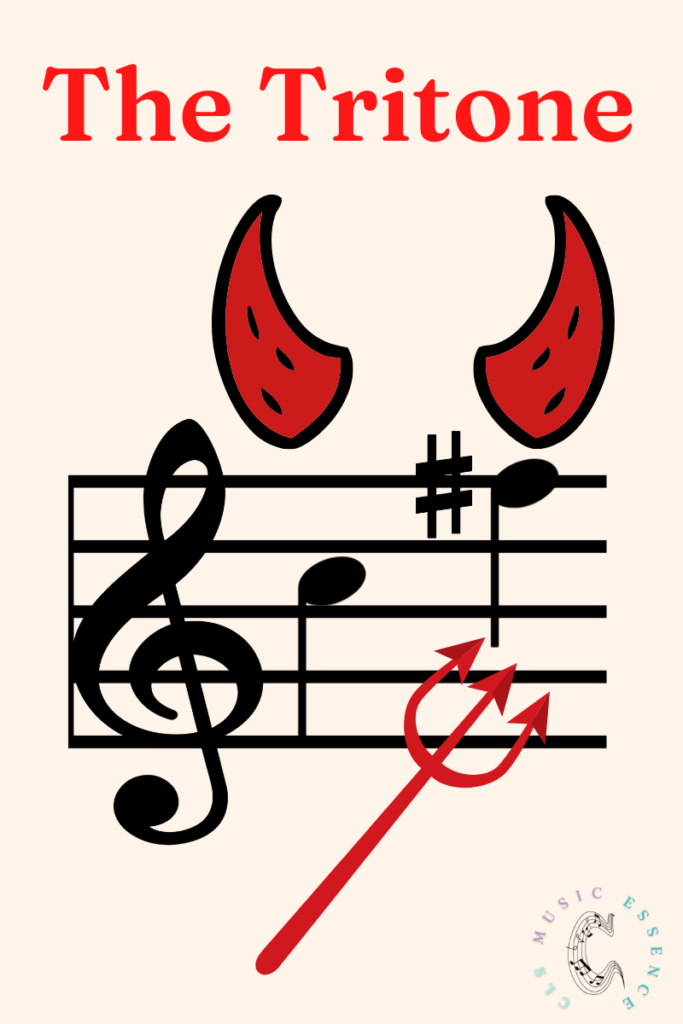
The triton is left unresolved in the Jets motif. This demonstrating exactly what it is supposed to represent danger, destruction and trouble around any corner. The tragic ending of the musical has two tritone intervals next to each other unresolved which is the feeling the audience is left in the tragic ending.
America Leonard Bernstein
In the song America Leonard Bernstein purposefully left the tritone out and used compound meter and the Latin instrument and rhythm, clave. Claves syncopated rhythm in Latin music is used as a timeline to ride all other rhythms upon it. This is like a steady 2 & 4 beat in Jazz music, and really fun for students of any age to experience. The lyrics of America also make for a timeless lyric analysis.

For the perfect escape of the music room. Find a clever way for students to discover the tragic ending in this musical. It could be a listening map or, I used a morse code math problem tied to a number assigned to students when they read about each character and moved an icon of the character to a room assignment.
Teach Music
Are you looking for content rich engaging ways to teach music? Would you like more free time? I mentor music teachers with fresh music ideas and content rich activities. Plus organizational practices for planning less and getting more. Go to music game are a great way to teach rich content and spend less time planning. Games keep students engaged and help you teach to the last minute. The best part is games require little to no prep time giving you precious moments back. If you are looking for a FREEBIE fun, easy game students love to play with no plan or prep then Click Here.



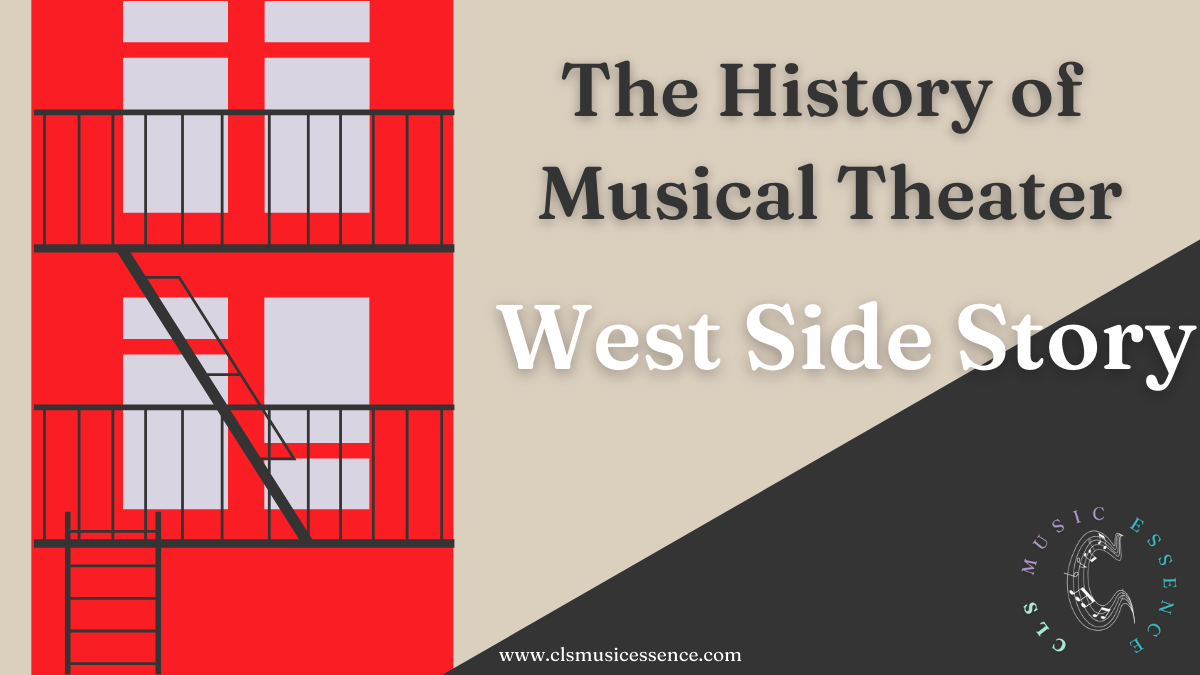


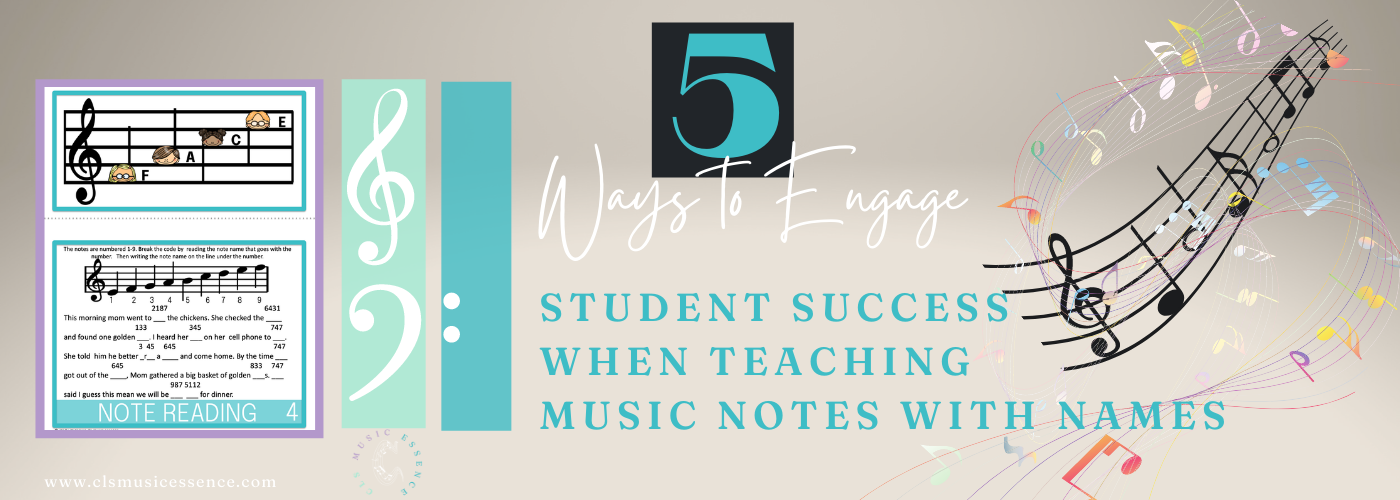

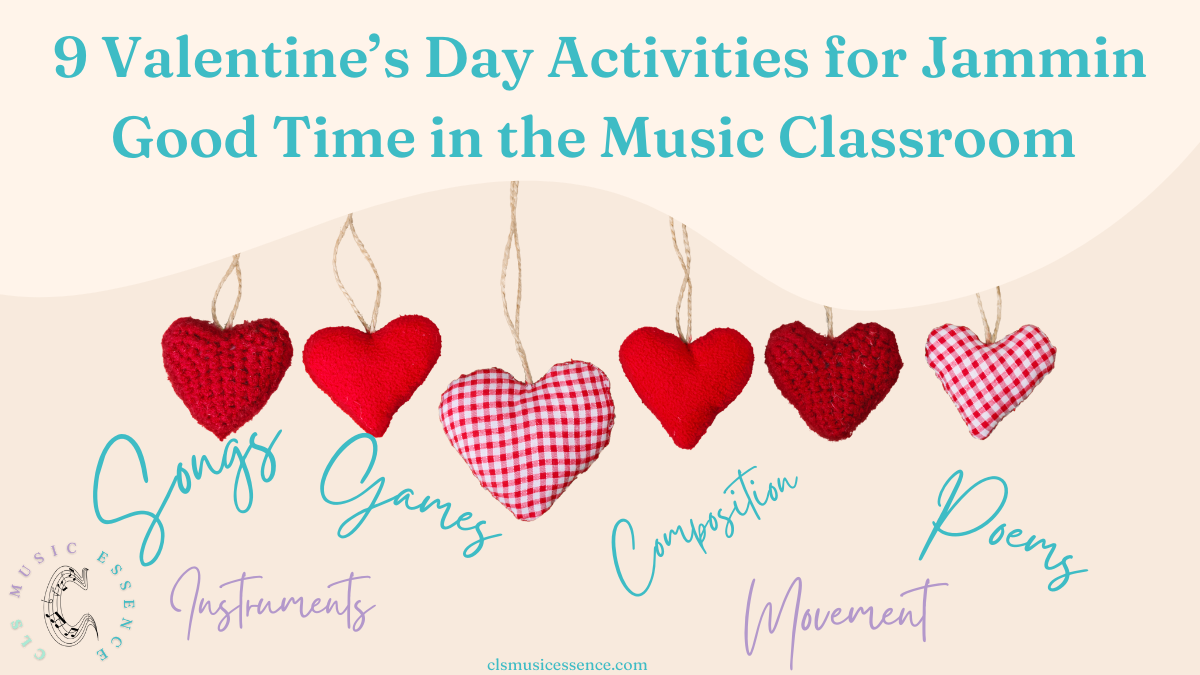
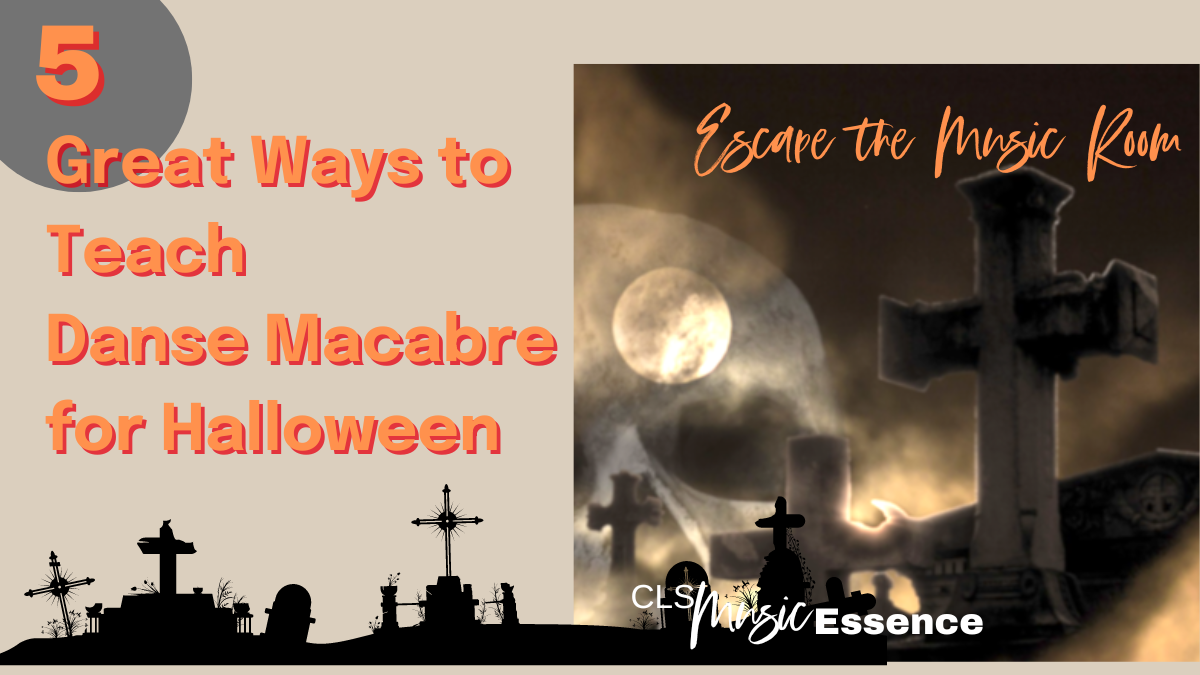
2 Comments